The Day After: What Happens To A Community After A Hurricane?
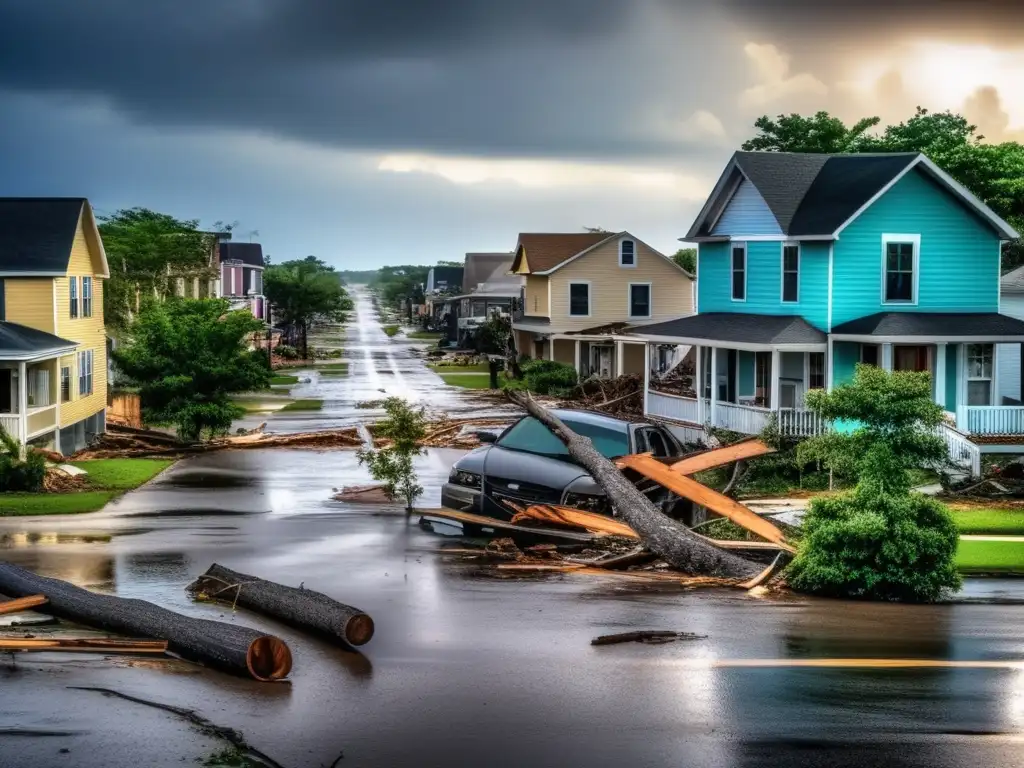
The Day After: What Happens to a Community After a Hurricane?
Introduction
When a hurricane hits a community, the consequences can be devastating, both physically and emotionally. In addition to the immediate damage caused by high winds, heavy rain, and storm surges, homes, businesses, and infrastructure can be destroyed or severely damaged, leaving residents struggling to cope with the aftermath.
The road to recovery can be long and difficult, but understanding what happens in the days and weeks after a hurricane can help individuals and communities prepare for the challenges ahead. This article provides an overview of what typically happens to a community after a hurricane strikes.
Assessment and Cleanup
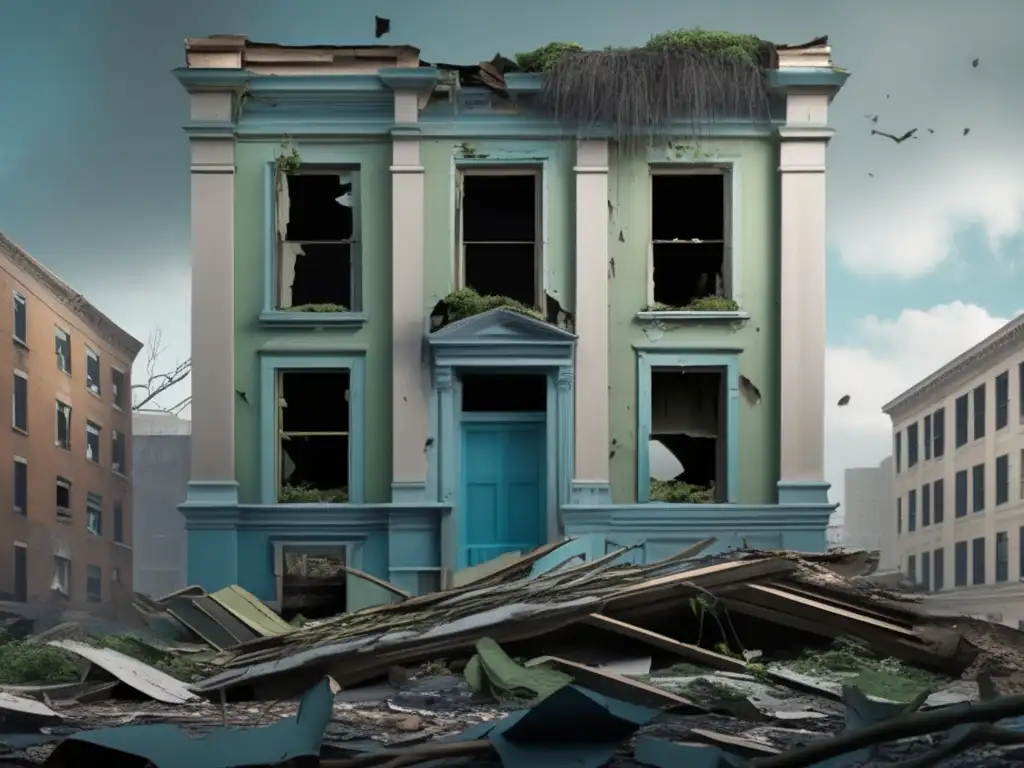
Damage Assessment
Once the storm has passed, emergency responders, government officials, and utility companies will begin assessing the extent of the damage. This involves inspecting buildings and infrastructure, checking for downed power lines and gas leaks, and evaluating the safety of roads and bridges.
Damage assessment is a critical part of the post-hurricane recovery process, as it helps authorities prioritize resources and identify areas where immediate assistance is needed.
Cleanup
The next step is cleaning up the debris left behind by the storm. This can involve removing fallen trees, clearing blocked roads, and disposing of ruined belongings and building materials.
Cleanup efforts are often coordinated by government agencies and non-profit organizations, though individual households may also be responsible for clearing debris from their own properties.
Restoring Power and Utilities
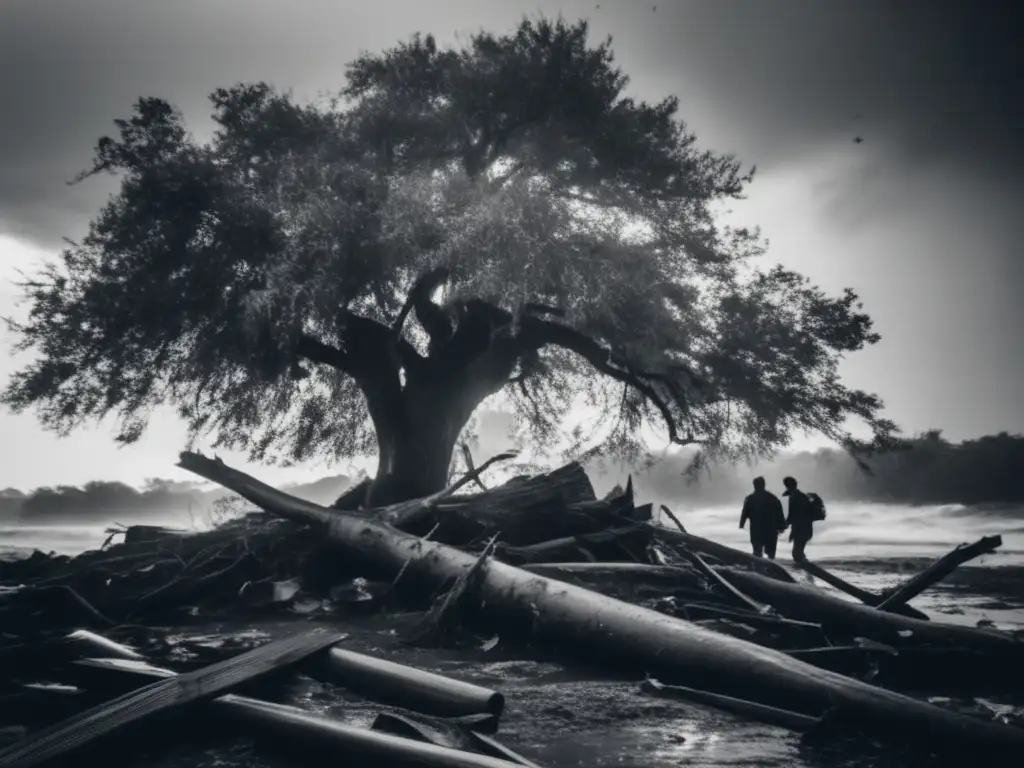
Power Restoration
One of the biggest challenges after a hurricane is restoring power to affected communities. High winds and flooding can knock down power lines and damage electrical equipment, leaving many without electricity for days or even weeks.
Utility companies typically have crews working around the clock to restore power after a storm, but the process can be slow and difficult, particularly in areas with extensive damage.
Restoring Water and Sewer Services
In addition to power outages, hurricanes can also disrupt water and sewer services. Flooding and storm surge can damage water treatment facilities and sewage systems, making it difficult or impossible to provide clean water and dispose of waste.
As with power restoration, repairing water and sewer systems can take time, and residents may need to rely on temporary solutions such as bottled water and portable toilets until services are fully restored.
Rebuilding Homes and Infrastructure
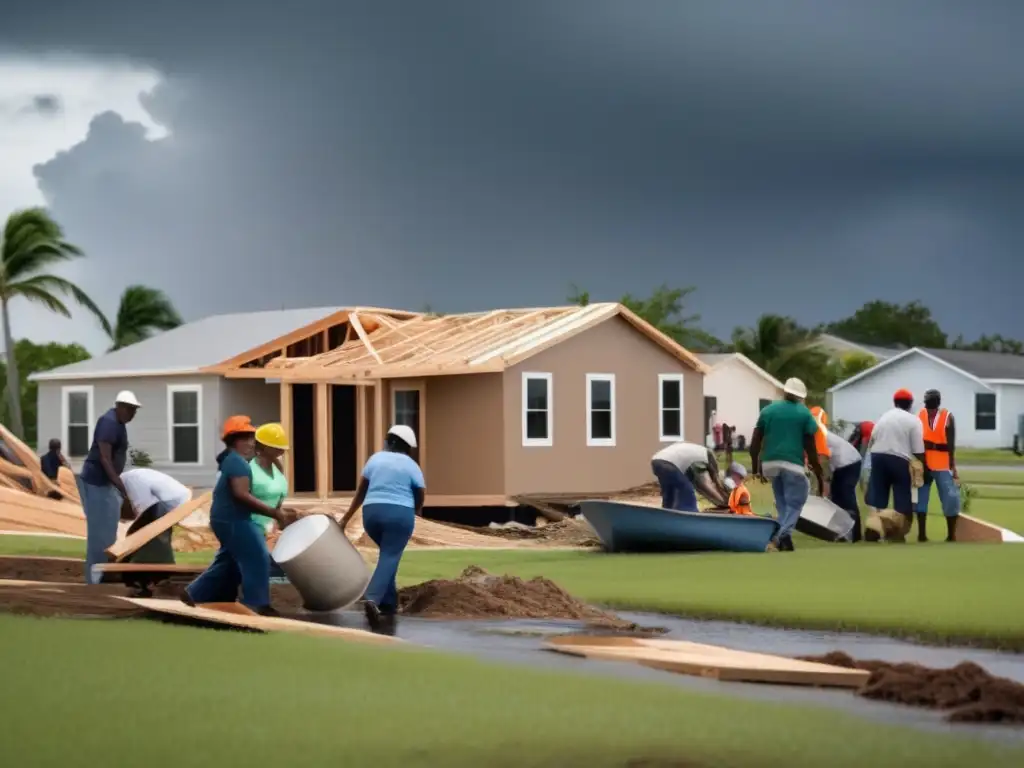
Home Repairs and Reconstruction
For homeowners whose houses have been damaged or destroyed by a hurricane, the process of rebuilding can be lengthy and expensive.
Depending on the severity of the damage, repairs may involve anything from replacing a few shingles to rebuilding an entire home. Homeowners will need to work with insurance providers, contractors, and government agencies to navigate the complicated process of repairing or rebuilding their homes.
Infrastructure Repairs
Hurricanes can also cause extensive damage to roads, bridges, and other infrastructure. Repairing this damage is critical not only for residents' safety and mobility but also for the overall economic well-being of the affected community.
Infrastructure repairs can be costly and time-consuming, and often require coordination between multiple levels of government, private contractors, and local communities.
Economic Recovery
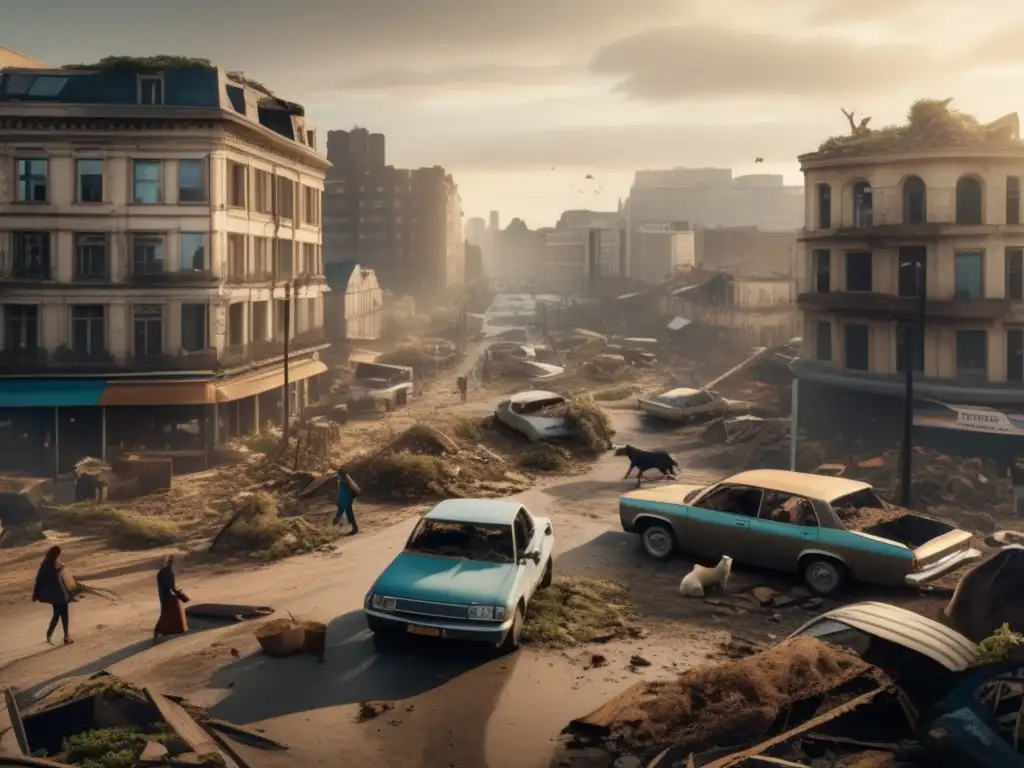
Business Recovery
In addition to rebuilding homes and infrastructure, communities affected by hurricanes also need to rebuild their local economies.
Small businesses are often hit particularly hard by hurricanes, with many forced to close or relocate due to storm damage. Rebuilding these businesses is critical for creating jobs and stimulating economic growth in the affected area.
Tourism Recovery
For coastal communities that rely on tourism, hurricanes can have a devastating impact on the local economy. Damage to beaches, hotels, and other tourist attractions can deter visitors from coming back, leading to long-term economic losses.
Efforts to promote tourism and attract new visitors after a hurricane can be an important part of the post-storm economic recovery process.
Emotional Recovery
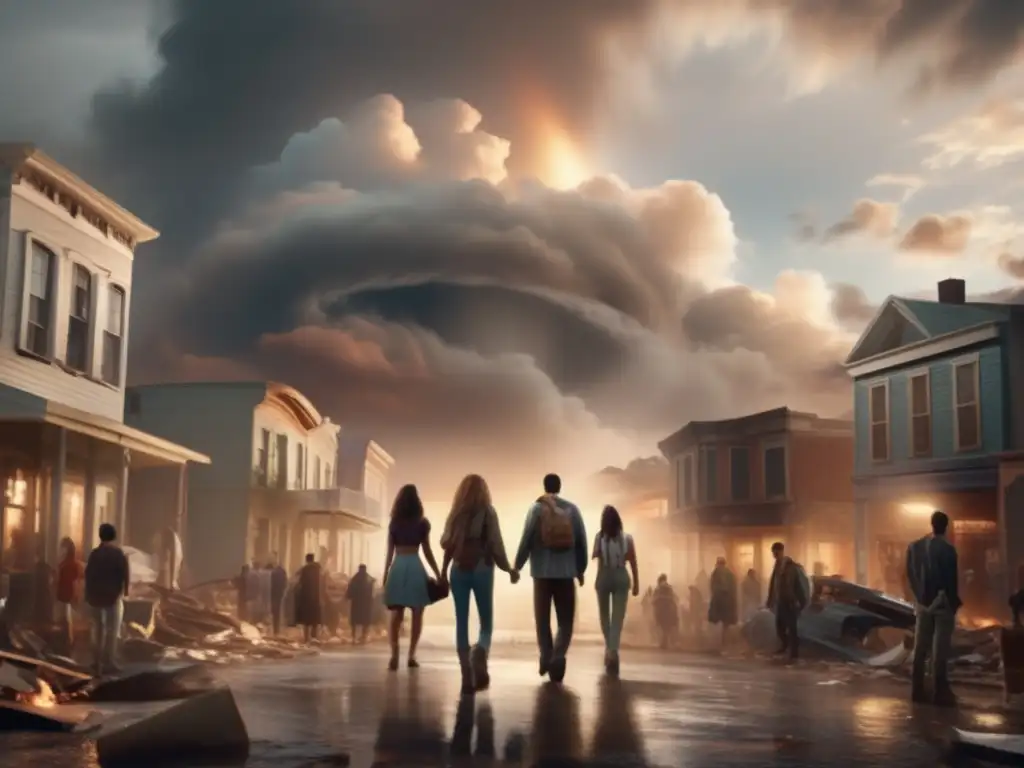
Support Services
Recovering from a hurricane is not just a physical process – it can also take a toll on residents' emotional well-being.
Many communities affected by hurricanes offer support services such as counseling and mental health resources to help individuals cope with the stress and trauma of the storm.
Community Resilience
One way to promote emotional recovery after a hurricane is to foster a sense of community resilience. This involves promoting community-based solutions to post-hurricane challenges, encouraging residents to work together, and celebrating the strengths and resilience of the affected community.
Frequently Asked Questions
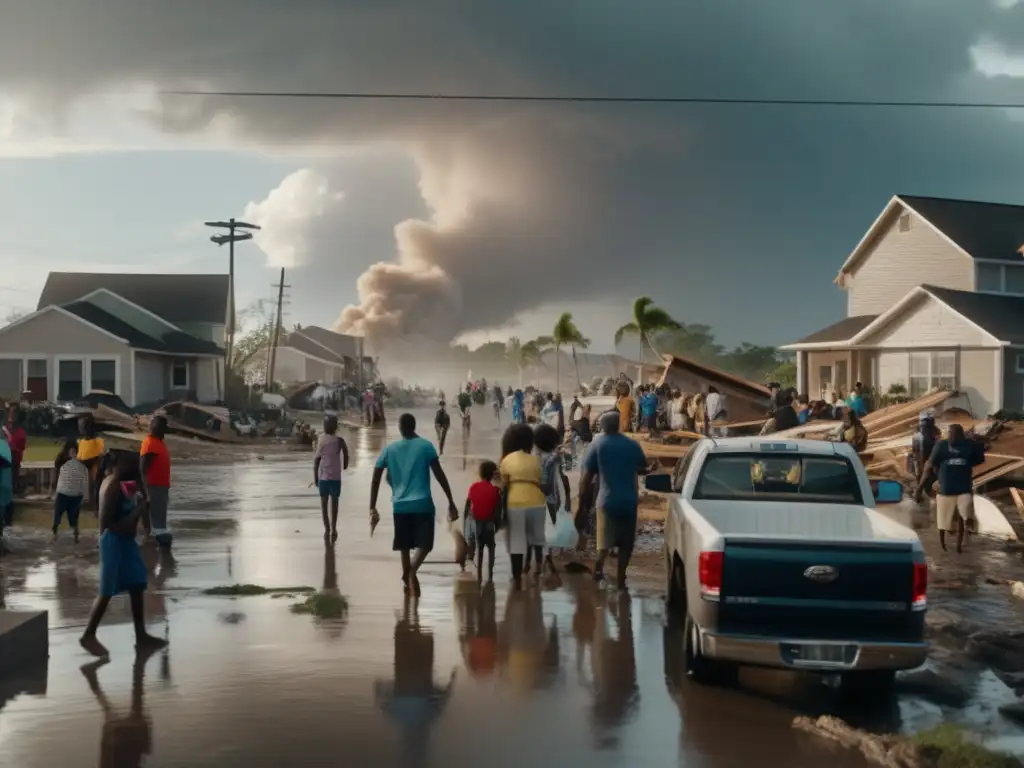
-
What should I do first after a hurricane hits my community?
After ensuring your own safety, contact local authorities to report any damage or hazards, and follow any instructions or guidance they provide.
-
What can I do to help with the cleanup effort?
Check with local non-profit organizations or volunteer groups to see if they need assistance. You can also donate money or supplies to support cleanup and recovery efforts.
-
How can I protect myself and my family during the post-hurricane recovery process?
Be cautious when returning to your home or community, and follow any safety guidelines provided by emergency responders or utility companies. Take steps to protect yourself from potential hazards such as contaminated water, downed power lines, and mold.
-
What resources are available for those struggling with emotional recovery after a hurricane?
Many communities affected by hurricanes offer support services such as counseling and mental health resources. Check with local non-profit organizations or government agencies to see what resources are available in your area.
-
How long does it typically take a community to fully recover from a hurricane?
The recovery process can vary widely depending on the severity of the hurricane and the extent of the damage. In some cases, full recovery can take years or even decades.
Conclusion
Recovering from a hurricane is a complex and challenging process that requires coordination and collaboration between individuals, communities, and government agencies. Understanding what typically happens in the days and weeks after a hurricane can help residents prepare for the challenges ahead and work toward a successful recovery.
Improving infrastructure, rebuilding homes and businesses, promoting economic growth, and supporting emotional resilience are all critical components of the post-hurricane recovery process. By working together and staying focused on these goals, communities can emerge from the aftermath of a hurricane stronger and more resilient than ever before.
Additional Resources
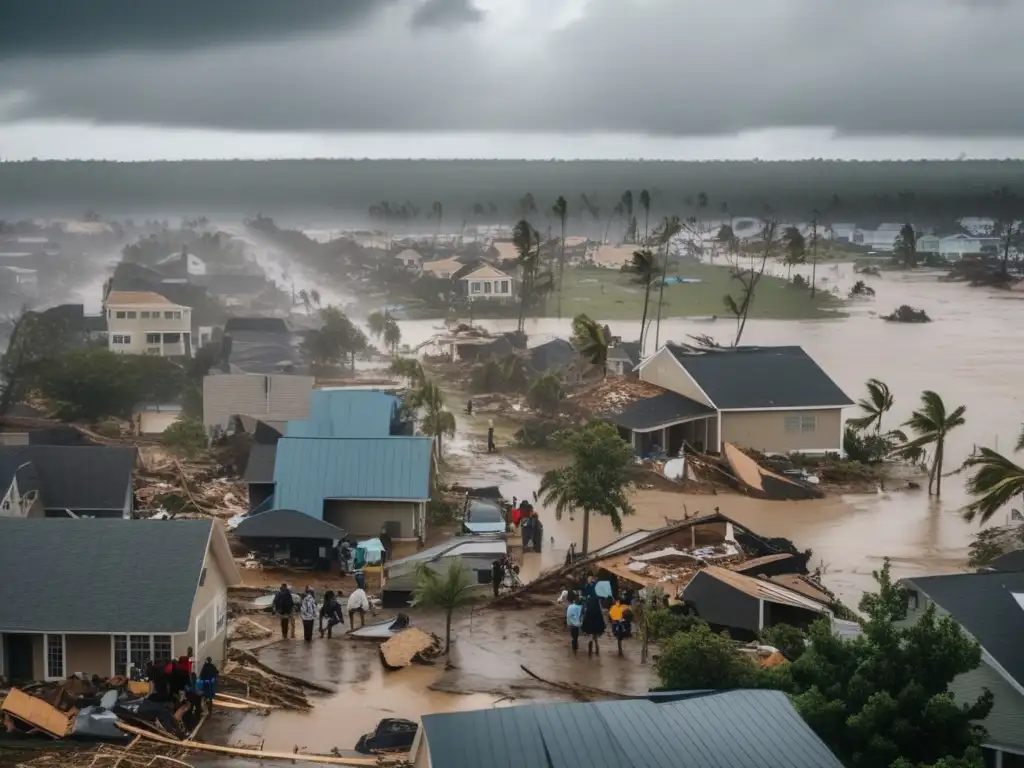
- Federal Emergency Management Agency: Hurricane Recovery Resources
- Ready.gov: Hurricanes
- National Hurricane Center
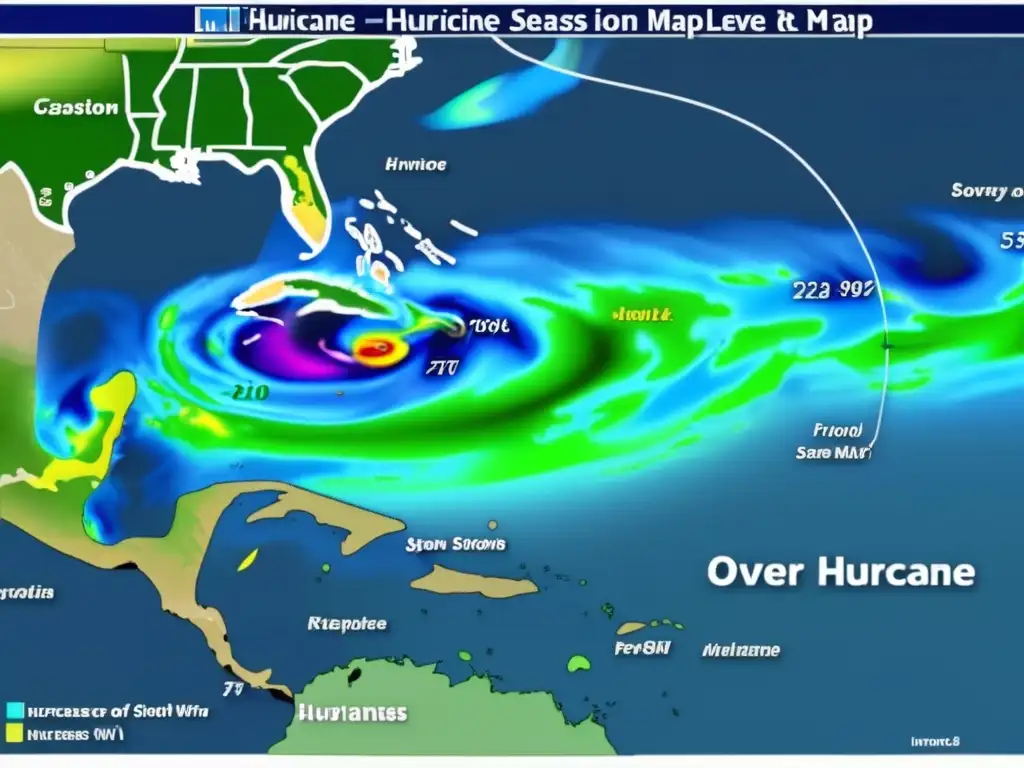 The Most Active Hurricane Seasons On Record
The Most Active Hurricane Seasons On Record Examining The Costliest Hurricanes In History
Examining The Costliest Hurricanes In History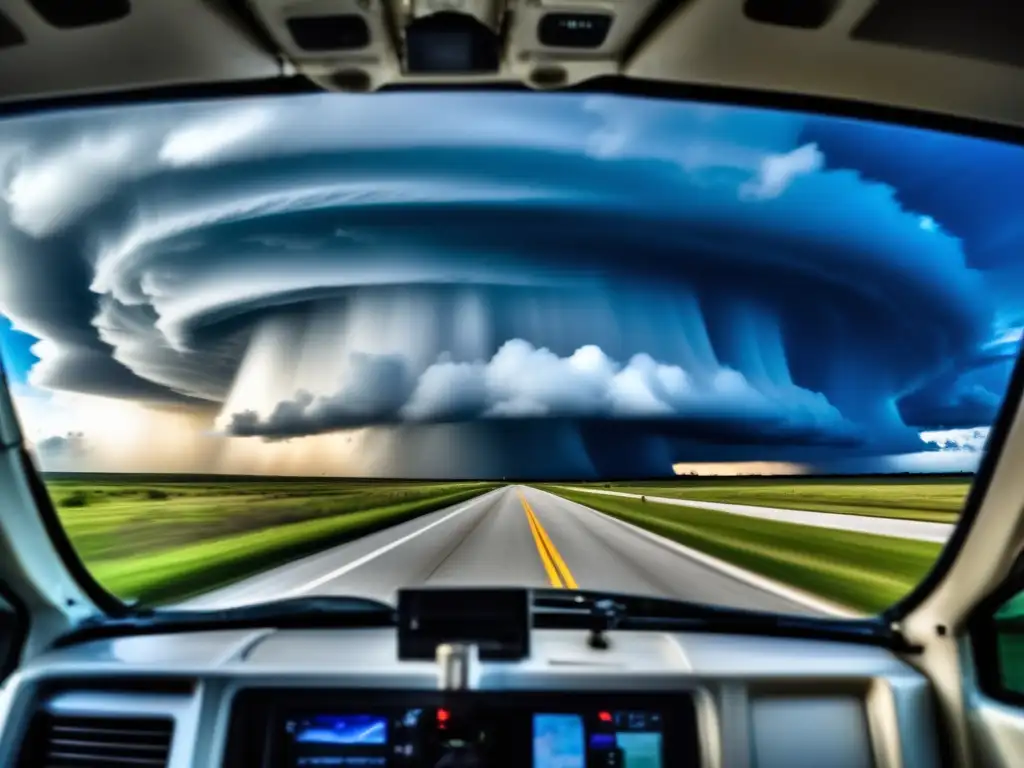 Storm Chasers: Tracking Hurricanes For Science
Storm Chasers: Tracking Hurricanes For ScienceIf you want to discover more articles similar to The Day After: What Happens To A Community After A Hurricane?, you can visit the Basic knowledge about hurricanes: category.
Leave a Reply

Articulos relacionados: